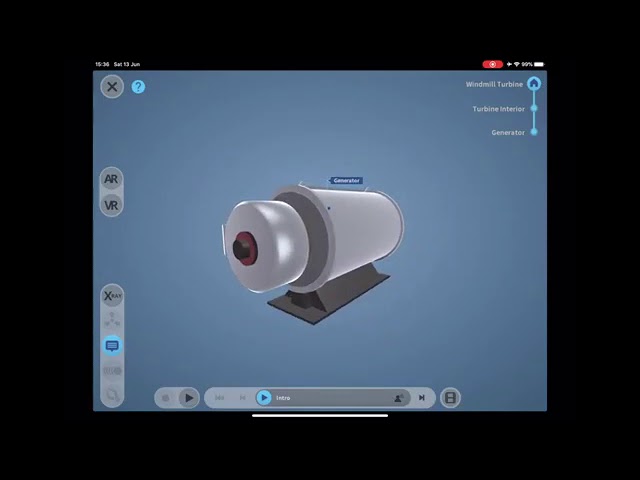
Utilizing Virtual Reality (VR) and Augmented Reality (AR) technologies in the field of green energy education is a groundbreaking approach that has the potential to transform the way we learn about sustainable energy sources and environmental conservation. These cutting-edge technologies offer immersive and interactive experiences that can engage students in a way that traditional teaching methods cannot match. By incorporating VR and AR into green energy education, we can create a more engaging, effective, and hands-on learning environment that prepares the next generation of environmental leaders and innovators.
Virtual Reality and Augmented Reality technologies have the ability to simulate real-world scenarios in a virtual environment, allowing students to explore and interact with complex concepts in a way that is both educational and entertaining. In the context of green energy education, VR and AR can be used to visualize renewable energy systems, such as solar panels, wind turbines, and hydroelectric dams, in a way that is not possible with traditional 2D images or diagrams. This hands-on approach can help students better understand how these systems work and the impact they have on the environment.
One of the key benefits of utilizing VR and AR for green energy learning is the ability to provide immersive experiences that engage multiple senses and enhance the learning process. For example, students can use VR headsets to explore a virtual solar farm and see how sunlight is converted into electricity in real-time. They can also use AR applications to overlay information about energy efficiency and conservation directly onto their surroundings, making learning more interactive and engaging.
Another advantage of incorporating VR and AR into green energy education is the ability to create interactive simulations and experiments that allow students to test hypotheses and experiment with different scenarios in a safe and controlled environment. For instance, students can use VR simulations to design and test their own wind turbines, adjusting parameters such as blade angle and wind speed to optimize energy output. This hands-on approach can help students develop critical thinking and problem-solving skills that are essential for success in the field of green energy.
The use of VR and AR technologies in green energy education is not just theoretical – there are already numerous real-world applications and case studies that demonstrate the effectiveness of these tools in enhancing learning outcomes. For example, a recent study found that students who used VR simulations to learn about solar energy showed a significant improvement in their understanding of the subject compared to those who used traditional textbooks.
The benefits of utilizing VR and AR for green energy learning extend to both students and educators. For students, these technologies offer a more engaging and interactive learning experience that can help them retain information more effectively and develop a deeper understanding of complex concepts. For educators, VR and AR provide a powerful tool for creating dynamic and personalized learning experiences that cater to the diverse needs and learning styles of students.
As VR and AR technologies continue to advance, the future of green energy education looks promising. However, there are still challenges that need to be addressed, such as the cost of implementing these technologies in educational settings and the need for specialized training for educators. Overcoming these challenges will require collaboration between technology developers, educators, and policymakers to ensure that VR and AR are integrated effectively into the curriculum and that all students have access to these innovative learning tools.
In conclusion, utilizing Virtual Reality and Augmented Reality technologies for green energy education has the potential to revolutionize the way we teach and learn about sustainable energy sources and environmental conservation. By providing immersive, interactive, and hands-on learning experiences, VR and AR can engage students in a way that traditional methods cannot match, preparing them to become the environmental leaders and innovators of tomorrow. With continued innovation and collaboration, VR and AR have the power to transform green energy education and create a more sustainable future for generations to come.